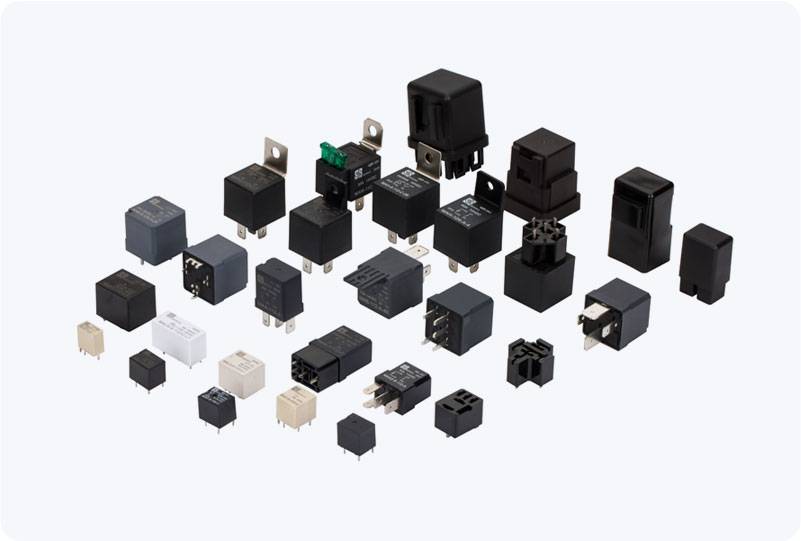As the automotive industry shifts toward more sustainable and environmentally friendly alternatives, New Energy Vehicles (NEVs) are becoming the focal point of innovation. One of the critical components in the electrical system of an electric or hybrid vehicle is the New Energy Vehicle Relay. These relays are essential in ensuring the smooth and safe operation of electric vehicles (EVs), which are powered by high-voltage battery systems. The relay’s primary role is to control the power flow between different electrical components, protecting the vehicle from electrical faults and improving efficiency.

What is a New Energy Vehicle Relay? A New Energy Vehicle Relay is an electrically operated switch that controls the high-voltage power circuits within an electric vehicle. It is a vital component used to manage the battery, motor, and other electronic systems, particularly in high-voltage environments that are typical of electric and hybrid vehicles. These relays are often designed to handle voltages of up to 600V or higher, significantly more than what is required for traditional internal combustion engine (ICE) vehicles. The Key Functions of NEV Relays 1. High-Voltage Switching: NEVs operate on high-voltage DC systems that require highly specialized relays to manage power flow. These relays ensure that the high-voltage connections between the battery pack, electric motor, and other essential components are correctly managed. The relay’s ability to disconnect or connect these components based on certain conditions is crucial for the safety and functionality of the vehicle.